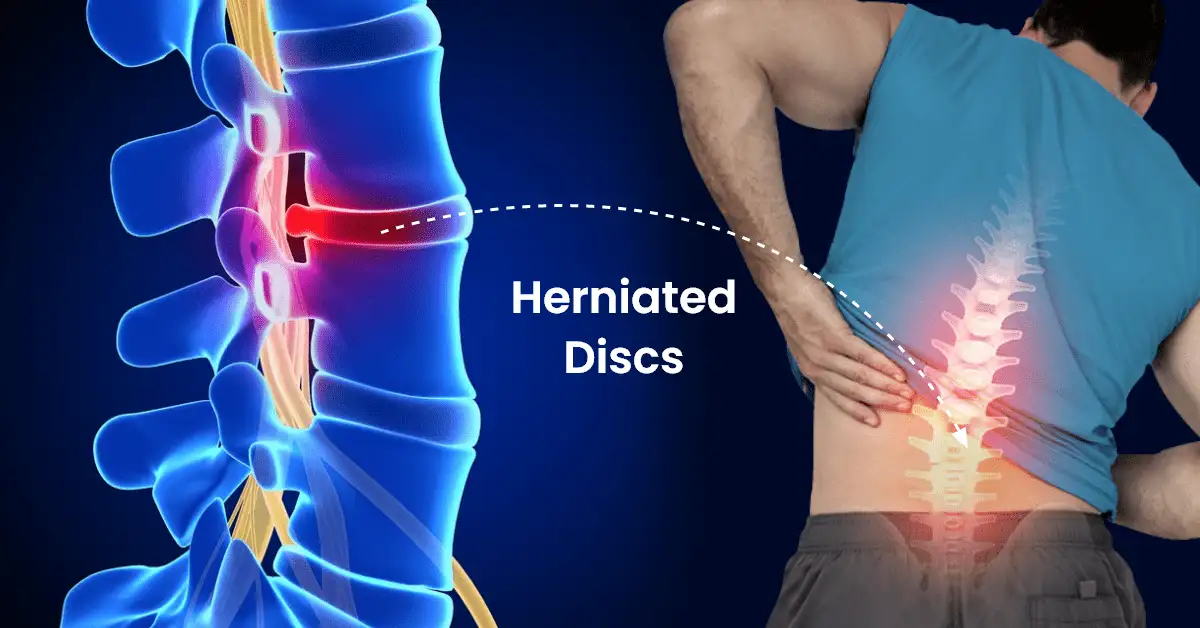How Long Does A Herniated Disc Take To Heal?
Herniated discs are a common cause of pain, especially in the lower back and neck. The pain arises when the inner gel-like substance of the disc leaks out, pressing on the adjacent nerve roots. This condition can be both painful and debilitating, often raising concerns about the duration of recovery.
At the Chicago Institute for Neuropathic Pain, we frequently field questions about the healing timeline for herniated discs.
Here's what you need to know.
Understanding the Anatomy of a Disc
To grasp the concept of a herniated disc, it's essential first to understand the anatomy. Spinal discs are cushion-like pads located between the vertebrae. Each disc has a tough outer layer called the annulus fibrosus and a soft inner center named the nucleus pulposus. When the outer layer tears, the inner substance can leak out, leading to a herniation.
Factors Influencing the Healing Time
The healing time for a herniated disc can vary based on multiple factors:
Severity of the Herniation: Not all herniations are the same. A minor herniation might resolve quicker than a significant rupture.
Age: As we age, our body's ability to heal can slow down. Older individuals might take longer to recover than younger ones.
Overall Health: Individuals with good overall health, proper nutrition, and regular physical activity might recover faster.
Location of the Herniation: Herniations in different parts of the spine may have varied healing timelines. For instance, cervical disc herniations might have a different recovery period compared to lumbar disc herniations.
Typical Healing Timeline
Immediate Phase (1-2 weeks): The pain is usually most severe during this period. It's when the body’s inflammatory response is at its peak. Rest, pain medication, and avoiding strenuous activities are usually recommended.
Subacute Phase (2-6 weeks): The pain and inflammation start decreasing. Physical therapy and exercises might be introduced to improve flexibility and strength.
Rehabilitation Phase (6 weeks to 6 months): This phase focuses on restoring function. Physical therapy is intensified, aiming to return the individual to their regular activities.
Chronic Phase (6 months and beyond): If pain persists beyond this phase, it might indicate a more chronic issue, requiring further medical evaluation and possibly more intensive treatments.
Treatment Options to Speed Up Recovery
Physical Therapy: Engaging in targeted exercises can help strengthen the back muscles, providing better support to the spine.
Medication: Nonsteroidal anti-inflammatory drugs (NSAIDs) can help reduce inflammation and pain.
Epidural Steroid Injections: These can be beneficial for those with severe pain. They reduce inflammation directly at the site of the herniation.
Surgery: If conservative treatments fail or if the herniation is severe, surgical intervention might be considered.
Tips for Preventing Further Herniation
Maintain Good Posture: Proper spinal alignment can reduce unnecessary pressure on your discs.
Engage in Regular Exercise: This helps in maintaining a strong and flexible spine, making it an especiall good exercise for eniors.
Lift Properly: Always lift objects using your legs, not your back. Avoid twisting while lifting.
Maintain a Healthy Weight: Extra weight can put additional stress on your spine.
Conclusion
A herniated disc's healing time can vary based on numerous factors. While some may experience relief within a few weeks, others might require several months for full recovery. It's crucial to work closely with your healthcare provider to develop an individualized plan tailored to your needs. At the Chicago Institute for Neuropathic Pain, we are dedicated to assisting our patients in their recovery journey, offering the latest treatments and therapies for herniated discs.

